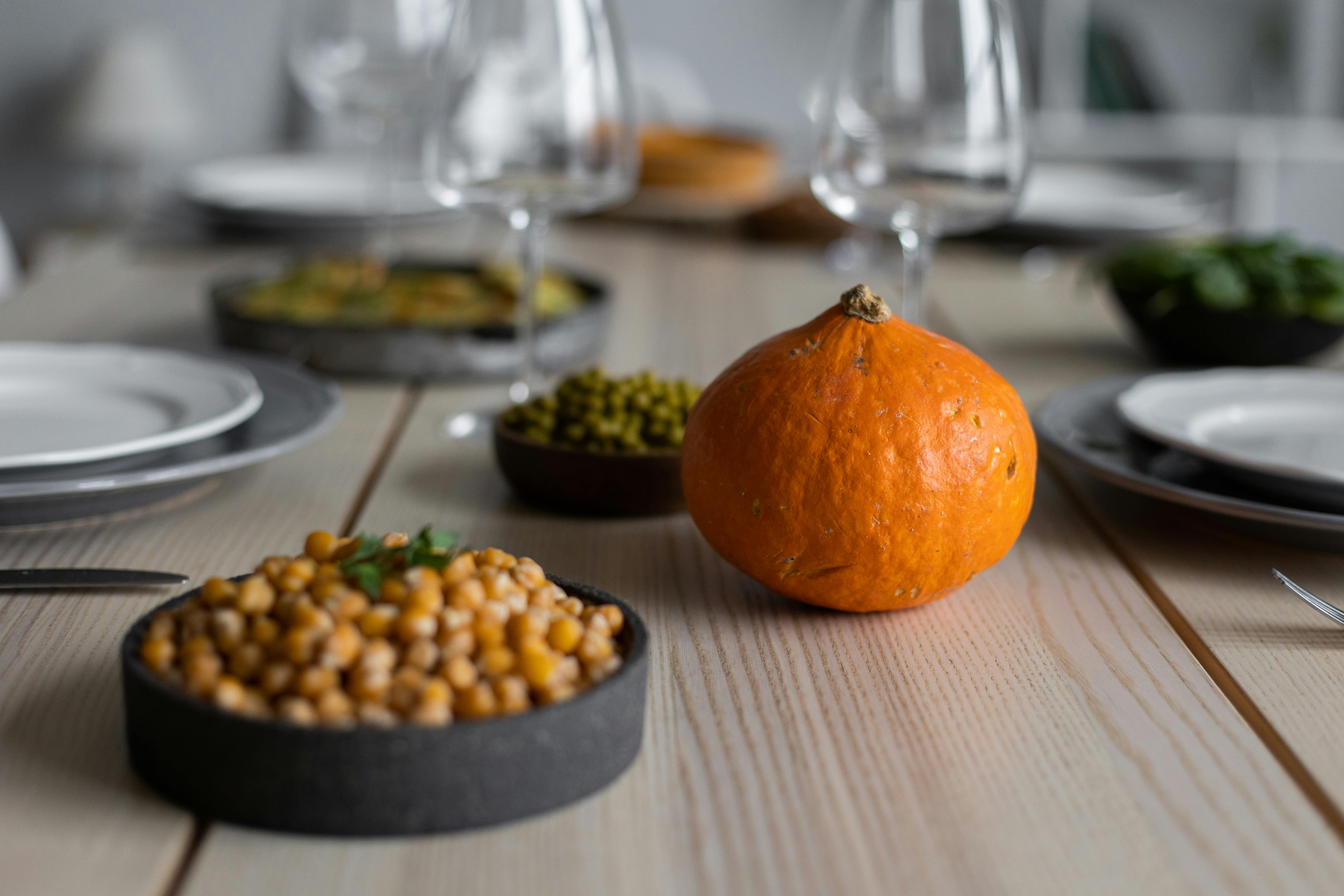Ever wonder how they made those weird shaped or curved or triangular shaped concrete buildings? It’s not a secret and your imagination is the only limiting factor. Money, of course, helps buy materials, but in many cases used lumber or plywood will work just fine. Be inventive. A cardboard tube from the inside of a carpet roll when cut in half makes a great sluice or slide shape for a fountain or stream. Wooden spools left over from a coil of electrical cord make a great interior shape for a donut circle. All these things are free if you ask. Specialty materials are also available, such as a product called “movable board,” which can flex to make nice, smooth curves in the faces of the finished concrete. Take a walk around your local big box store with the idea of finding things that can be used to form concrete. You will be surprised what you find. Empty cubes laid on their sides in the shape of a wall make perfect portholes or round window openings. They can be found square, round, triangular, or just about any shape you can imagine. You can always make your own shapes too. Let’s see how to form a curved wall.
Starting with a plate on the floor to create the wall shape you want is your first step. Of course, you can’t fold two by four, so you use a larger piece of wood and cut the shape (or part of it) out of that. If the curve fits into a two-by-six, layout the curve and cut it with a saber saw. If the curve is longer than your board or longer than will fit on a two-by-six, use a two-by-eight, and so on. Once you have cut all the floor pieces, make a duplicate set that will be the top plate of your formwork. Put the pieces in place and fix them to the base or the floor. The curved wall is now much easier to build. Using standard two-by-fours, fit them as close together as possible along the floor plate to create a curved wall. Install your top plate. Using quarter-inch-thick Luann plywood, and starting at one end of your form, attach the plywood to the studs, then gently bend the plywood around the wall. You may want to coat the plywood with framing oil before installing it and while this does make the installation a bit messy, it does soften the plywood and make it even easier to bend. Attach plywood to each two by four. This adds strength to your form work and keeps the plywood in place while it dries. Once the face shape is complete you can complete the back of the shape and for your concrete. Odd shapes can be built into the face of the form to provide voids in the concrete or holes in the wall etc.
Freeform concrete can be a lot of fun, but it requires a concrete pump that can shoot a concrete product called gunite or shotcrete. Any shape is possible and is limited only by the pull of gravity. Rebar, foam forms, and other items can be used as temporary forms for concrete until it hardens. Inground pools are often made of gunite, which is how they get those large sections and curved wall shapes. It takes a team to use a gunite bomb, but once the basics are learned with enough helpers, you can use one as well.
Concrete when suspended in air needs some form of reinforcement to help support the weight of the concrete. If you’re trying to make suspended stairs, for example, have an engineer design the rebar layouts for you. Concrete is very heavy and can cause serious injury or worse if a cave-in occurs.
Try to form some small architectural elements in your garden and for them use a bagged redi-mix mix. Steps, small walls, a pool or pond and then move on to the larger features. You will be surprised how easy it is to make these fabulous features.
pete ackerson
Your friendly building inspector
http://www.wagsys.com
BICES-Building Inspection & Code Compliance Software System
